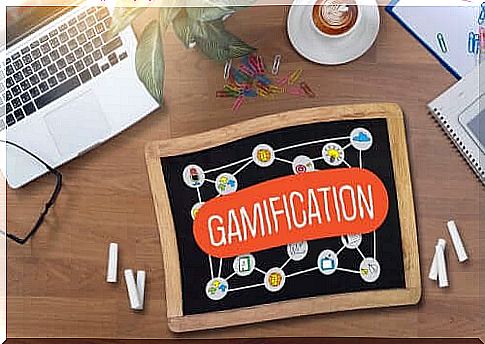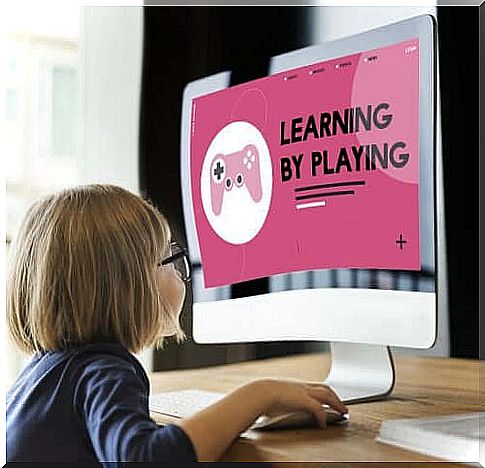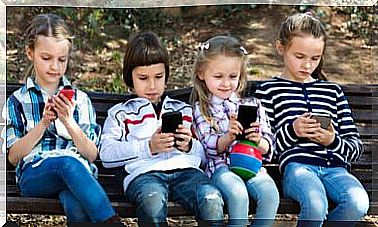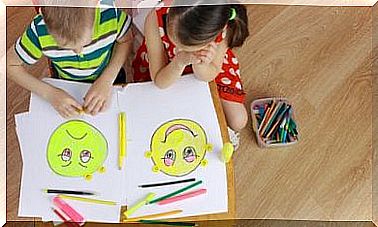Steps To Apply Gamification In The Classroom

Gamification in the classroom is becoming more and more important in the educational process. Games are a fundamental part of culture. As gaming becomes more important, the potential for games to transform students’ experiences in schools grows.
We’ve already talked about the importance of gamification in education, but now we’ll look at how to play in the classroom to educate. There are many different methods and pedagogical opinions to do this, but we have chosen some concrete steps to apply gamification in the classroom.
Gamification in the classroom: evaluating students
Identify trouble spots and weaknesses
Identifying students’ pain points and weaknesses is helpful in determining the best gamification strategies for the classroom. For example, if you notice that students are disconnected from PowerPoint presentations, you can add interactive elements.
For example, something like an RPG game, ones in which you choose your own path. We can add prompts at the bottom of each slide, allowing students to choose the next one.
ask the class
Teachers should review the class before starting to work with them to determine how best to motivate students. The intention should be to understand and know the games your students play and thus create a gamification in the classroom that takes this into account.
Define learning goals in classroom gamification
To play with education, well-defined learning goals must be set. In addition, learning goals should also include behavioral goals that help students understand concepts and develop skills.
An example would be setting a specific learning objective for students to master a specific skill by a certain date. The behavioral goal can focus on encouraging students to let go of classroom distractions.
Structuring the game experience for learning
Create a different scoring system
Many students see grades as the most harrowing part of school. Precisely for this reason, the gamification of education must involve modifying the way grades are presented, seeking to highlight progress rather than errors.
In this way, tests and homework can give students points in the traditional way or in the form of experience points (EP). We can also reward them with PE for completing extracurricular assignments, participating in classes, or anything that involves a learning effort on the part of students.
For example: a student who scores 7.5 on a test can get 7500 PE. To these PE, we will add the points that were earned along the course. That way, they will have a clear reference and will know how much they have learned and achieved.
use phases
Topics and teaching units are clear divisions for teachers, but students will likely be able to see this better if they understand that they are advancing to the next phase, just as they do in games. To move from one stage to another, certain challenges must be overcome.

To do this, it is necessary to define specific tasks, as if they were prerequisites for progressing to the next phase. For example, if students do not do their homework, participate in class, or complete exams, they will not be ready to participate in the challenges that will take them to the next stage.
Gamification in the classroom: having resources
Create a manual and organize teams
Creating and distributing an instruction manual is a way to bring students closer to the gamification of learning. Instruction manuals, digital or physical, exist in virtually every game. They explain how to play and progress, sometimes including tips and secrets.
Our educational version must contain information such as:
- How the phases work.
- The types of activities that students will encounter.
- The new scoring system, including the ways they can get PE.
- How to get rewards and what types of rewards are available.
This will help students have a frame of reference and will explain what they must do to succeed in a playful learning environment.
make progress visible
Visibly showing students’ progress and demonstrating what they have achieved since the beginning of the year is an important social element of gamification in the classroom. This promotes a sense of community.
To do this, you can create and share a bar chart that contains each student’s progress toward achieving mastery of a skill. Each time a student achieves a test score or completes their homework, their skill bar can be refilled with the amount of EP earned.
offer rewards
To combine games and learning in a way that appeals to students, you need to think about rewards. Research shows that reward systems in gamified education encourage students to recognize their achievements and keep making progress.

If we think about most modern video games, we see that they have a common system: players receive trophies for completing certain tasks. The harder the task, the greater the reward.
Classroom rewards can be, for example, small badges earned for completing a specific small task and larger ones for actively participating during the development of a subject. This encourages and motivates students to pursue new achievements and keep advancing.
Conclusions for gamification in the classroom
Today, gamification in the classroom is successful because students are more willing to actively participate in its implementation. In a natural way, they are interested in the game in question, understanding and respecting its mechanics and rules immediately.









